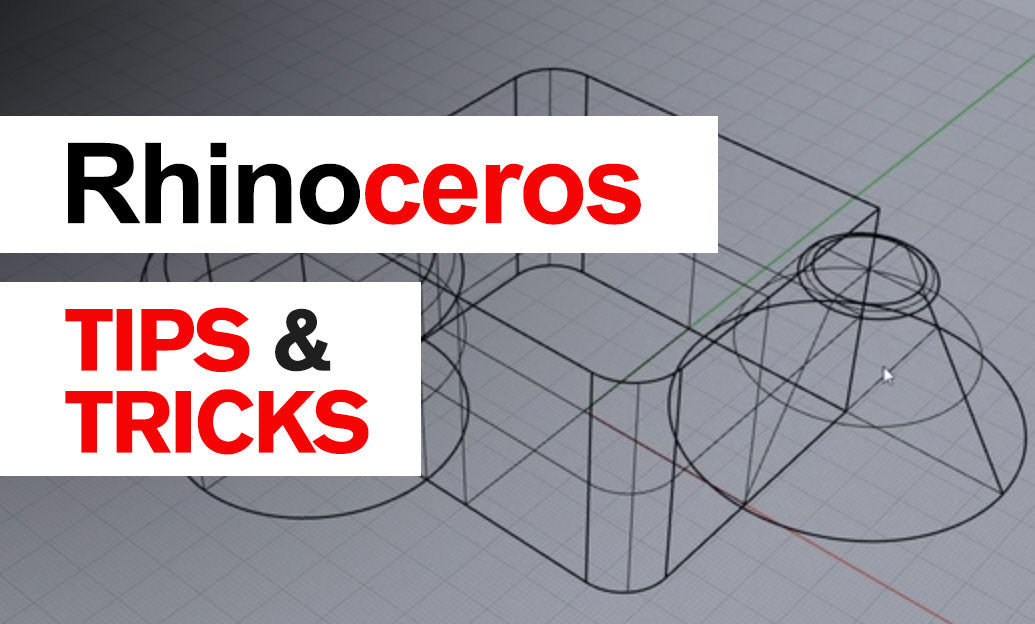Your Cart is Empty
Customer Testimonials
-
"Great customer service. The folks at Novedge were super helpful in navigating a somewhat complicated order including software upgrades and serial numbers in various stages of inactivity. They were friendly and helpful throughout the process.."
Ruben Ruckmark
"Quick & very helpful. We have been using Novedge for years and are very happy with their quick service when we need to make a purchase and excellent support resolving any issues."
Will Woodson
"Scott is the best. He reminds me about subscriptions dates, guides me in the correct direction for updates. He always responds promptly to me. He is literally the reason I continue to work with Novedge and will do so in the future."
Edward Mchugh
"Calvin Lok is “the man”. After my purchase of Sketchup 2021, he called me and provided step-by-step instructions to ease me through difficulties I was having with the setup of my new software."
Mike Borzage
V-Ray Tip: Creating Realistic Fabric Materials in V-Ray: Tips and Techniques
September 09, 2024 2 min read

When it comes to achieving photorealism in your renders, realistic fabric materials can make a significant difference. V-Ray offers a range of tools to help you create lifelike fabric textures, from velvet and silk to wool and denim. Below are some tips to guide you in creating realistic fabric materials using V-Ray:
- Start with High-Quality Textures: Use high-resolution fabric textures to ensure that the details are well-captured, especially in close-up shots. You can find excellent fabric texture libraries online or create your own using a camera or scanner.
- Utilize V-Ray Material: When setting up your fabric material, start with the V-Ray Material (VRayMtl). This versatile shader can be tailored to mimic different fabric types by adjusting its diffuse, reflective, and bump properties.
- Diffuse Map: Load your fabric texture into the Diffuse slot. This map will define the base color and pattern of the fabric. Adjust the color multiplier if needed to match your reference.
- Bump Map and Normal Map: For added realism, use bump or normal maps to create the illusion of surface detail. These maps simulate the small fibers or weaves in the fabric, adding depth and complexity.
- Reflectance and Glossiness: Fabrics have varying levels of reflectance and glossiness. Adjust the Reflect and Glossiness settings in the VRayMtl to replicate the sheen of silk or the matte finish of cotton. Remember, silk will have higher reflectivity and a smoother glossiness compared to wool or denim.
- Subsurface Scattering: For fabrics like velvet or satin, enable Subsurface Scattering (SSS) to mimic the light-absorbing properties of these materials. Adjust the SSS parameters to get the desired softness and depth.
- Use V-Ray Blend Material: To create more complex fabric materials, consider using the V-Ray Blend Material. This allows you to layer multiple materials and create sophisticated effects like wear and tear, dirt accumulation, or dual-tone fabrics.
- Lighting Considerations: Proper lighting is crucial for showcasing fabric materials. Ensure that your scene lighting is set up to highlight the texture and reflectance properties of the fabric. HDRI lighting can add a natural touch to your renders.
Mastering fabric materials can greatly enhance the realism of your renders, whether you are working on architectural visualization, interior design, or product visualization. With V-Ray’s powerful tools and a bit of practice, you can achieve highly realistic fabric textures that will make your work stand out.
For more tips and expert advice on V-Ray, visit NOVEDGE, your trusted source for digital design software.
You can find all the V-Ray products on the NOVEDGE web site at this page.
Also in Design News

Rhino 3D Tip: Sure, please provide the tip you'd like a title for.
October 24, 2025 1 min read
Read More
Advancing Virtual Collaboration: Redefining Global Design Teams with Digital Innovation
October 24, 2025 12 min read
Read MoreSubscribe
Sign up to get the latest on sales, new releases and more …



